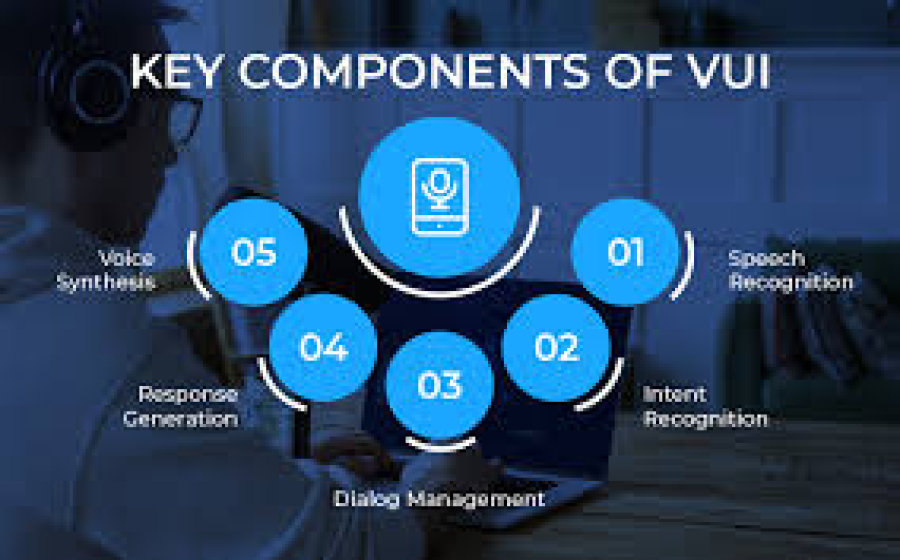The Impact of Website Loading Speed on SEO and User Experience
At FreelancerBridge, we recognize that website loading speed is a critical element in delivering an outstanding user experience and boosting SEO performance. In our guide, "The Impact of Website Loading Speed on SEO and User Experience," we explore how fast-loading websites not only capture and retain visitor attention but also secure better rankings on search engines. By understanding the direct correlation between speed, user satisfaction, and SEO, web developers can implement targeted strategies that drive traffic, enhance engagement, and improve overall site performance.
Long Description
Website loading speed plays a pivotal role in shaping both the user experience and search engine rankings. At FreelancerBridge, we delve into the key ways that speed impacts your website and offer actionable insights to optimize performance:
SEO Ranking Factor:
- Google and other search engines prioritize websites with fast load times. A faster site improves crawl efficiency and signals to search engines that your content is high quality.
- Improved speed leads to better rankings, which in turn drive more organic traffic to your site.
User Experience and Engagement:
- A rapid-loading website minimizes bounce rates and keeps visitors engaged. Users are more likely to explore content, interact with features, and convert into customers when pages load quickly.
- Fast load times enhance the overall user experience, increasing satisfaction and encouraging repeat visits.
Mobile-First Considerations:
- With the growing number of mobile users and Google's mobile-first indexing, ensuring speedy performance on all devices is more important than ever.
- Mobile optimization techniques, such as responsive design and adaptive image loading, directly contribute to faster load times on smartphones and tablets.
Conversion Rates and Business Impact:
- Studies show that even a one-second delay in page load time can lead to significant drops in conversion rates.
- Optimizing speed not only boosts SEO but also enhances your website's potential to convert visitors into leads or sales.
Technical Best Practices:
- Image Optimization: Compress images and use modern formats like WebP to reduce file sizes without sacrificing quality.
- Code Minification: Minify CSS, JavaScript, and HTML files to eliminate unnecessary code, reducing load times.
- Content Delivery Networks (CDNs): Utilize CDNs to serve content from servers closer to your users, minimizing latency and improving speed.
- Caching Strategies: Implement browser caching and server-side caching to speed up repeat visits and lower server load.
Monitoring and Continuous Improvement:
- Regular performance audits using tools like Google PageSpeed Insights, GTMetrix, or Lighthouse can help identify bottlenecks.
- Continuous optimization and updates ensure that your website remains competitive in search engine rankings and provides a seamless user experience.
By focusing on these strategies, you can create a faster, more efficient website that not only ranks higher on search engines but also delivers a superior user experience. FreelancerBridge is committed to bridging the gap between technical optimization and practical implementation, providing you with the insights and tools needed to achieve both high performance and SEO excellence.


 by Emily
by Emily




